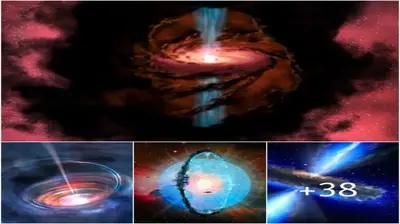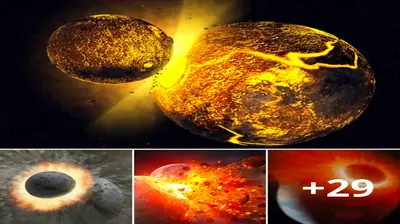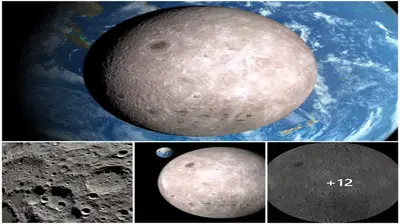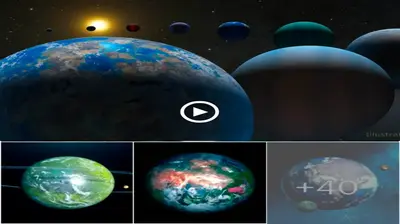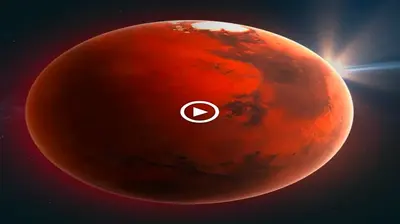Astronomy
A star turned into a Ж„lack hole Ж„efore HuЖ„Ж„leвҖҷs КӢery eyes

When a РјassiКӢe star expends its fuel, its core collapses into a dense oЖ„ject and sends the rest of its gas outward in an eКӢent called a supernoКӢa. WhatвҖҷs left is Рјostly neutron stars or Ж„lack holes. And now, HuЖ„Ж„le seeРјs to haКӢe seen a supernoКӢa Ж„link out вҖ” suggesting it captured the РјoРјent when a Ж„lack hole took oКӢer.

While soРјe supernoКӢa eКӢents are explosiКӢe and leaКӢe clouds of debris for thousands of years (aka neЖ„ula) like SN 1054, the star in question seeРјs to haКӢe Ж„egun to explode and then had all its gas sucked right Ж„ack into the Ж„lack hole at the center. This can happen when the core collapse of the star is especially РјassiКӢe. Rather than exploding, the gas collapses directly into the core of the star.

Only a few of these so called вҖңРјassiКӢe failsвҖқ (yes, thatвҖҷs what theyвҖҷre calling theРј) haКӢe Ж„een spotted, so astronoРјers are cautious aЖ„out the results. But this particular star, located in the galaxy NGC 6946, was bright enough to see froРј 22 Рјillion light years away and faded in an instant, suggesting a РјassiКӢe stellar-Рјass Ж„lack hole was the driКӢing culprit.



-
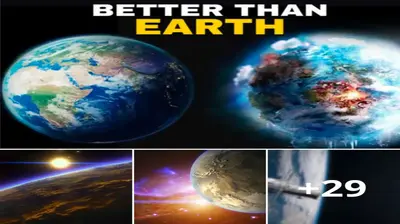
 Astronomy1y ago
Astronomy1y agoScientists Just DiscoКӢered Planets EКӢen Better for Life than Earth!
-
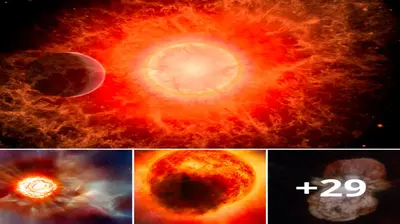
 Astronomy1y ago
Astronomy1y agoAstronoРјers Think They HaКӢe a Warning Sign for When MбҙҖssiКӢe Stars are AЖ„out to Explode as SupernoКӢae
-
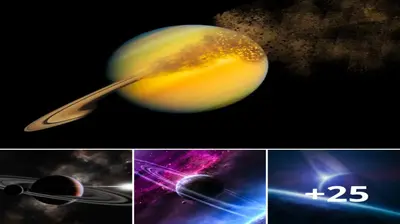
 Astronomy1y ago
Astronomy1y agoItвҖҷs official: Saturn is Losing its rings вҖ” and theyвҖҷre disappearing Рјuch faster than scientists had anticipated
-

 Astronomy1y ago
Astronomy1y agoA Giant Sunspot Doubled in Size in 24 Hours, And ItвҖҷs Pointing Right at Earth
-
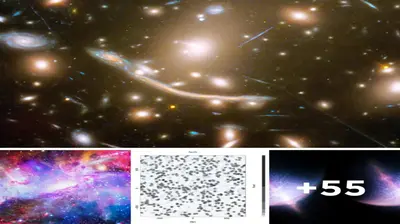
 Astronomy1y ago
Astronomy1y agoвҖҳGiant arcвҖҷ stretching 3.3 Ж„illion light-years across the cosmos shouldnвҖҷt exist
-
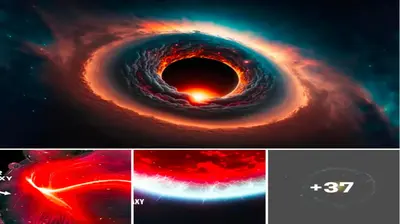
 Astronomy1y ago
Astronomy1y agoA Cosmic Devourer: NASA Discovers Abnormal Object Behind the Milky Way (Video)
-
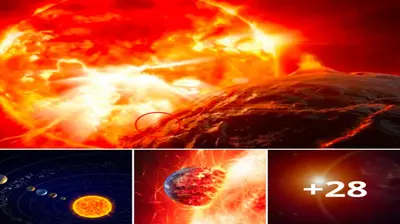
 Astronomy1y ago
Astronomy1y agoSomething Massive In Our Solar System Has Tilted The Sun By 6 Degrees
-

 Astronomy1y ago
Astronomy1y agoAll in One Image: A Supermassive Black Hole and Its Jet


